
Welcome to Ahraz
Sorry, we're doing some work on the site.
Thank you for being patient. We are doing some work on the site and will be back shortly.
If you wish, you can contact or follow us using the options below.


Sorry, we're doing some work on the site.
Thank you for being patient. We are doing some work on the site and will be back shortly.
If you wish, you can contact or follow us using the options below.